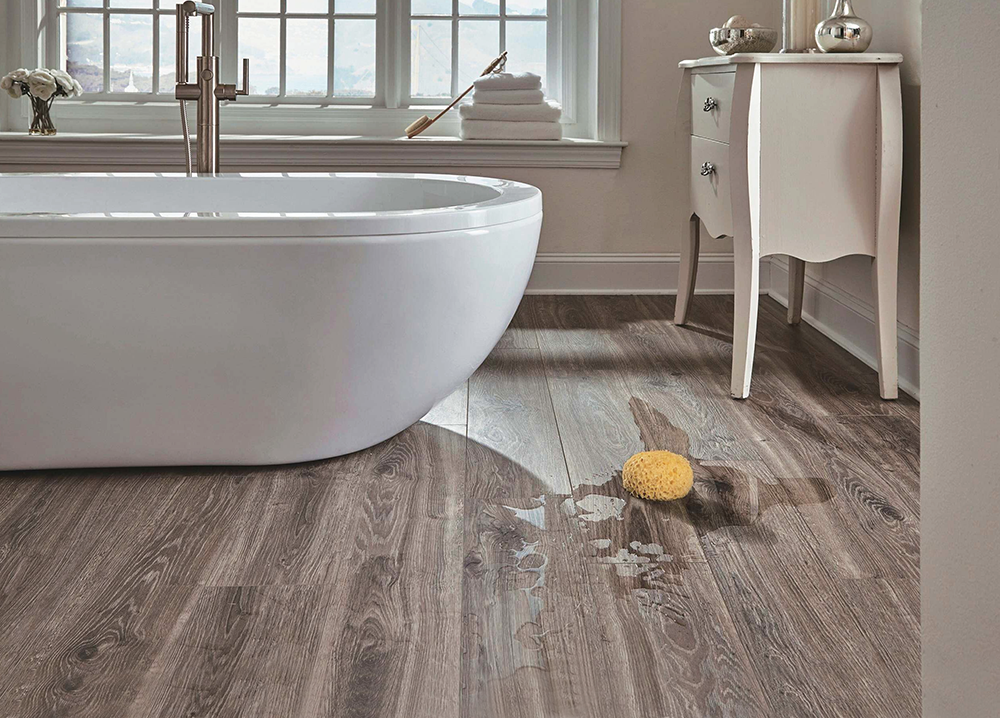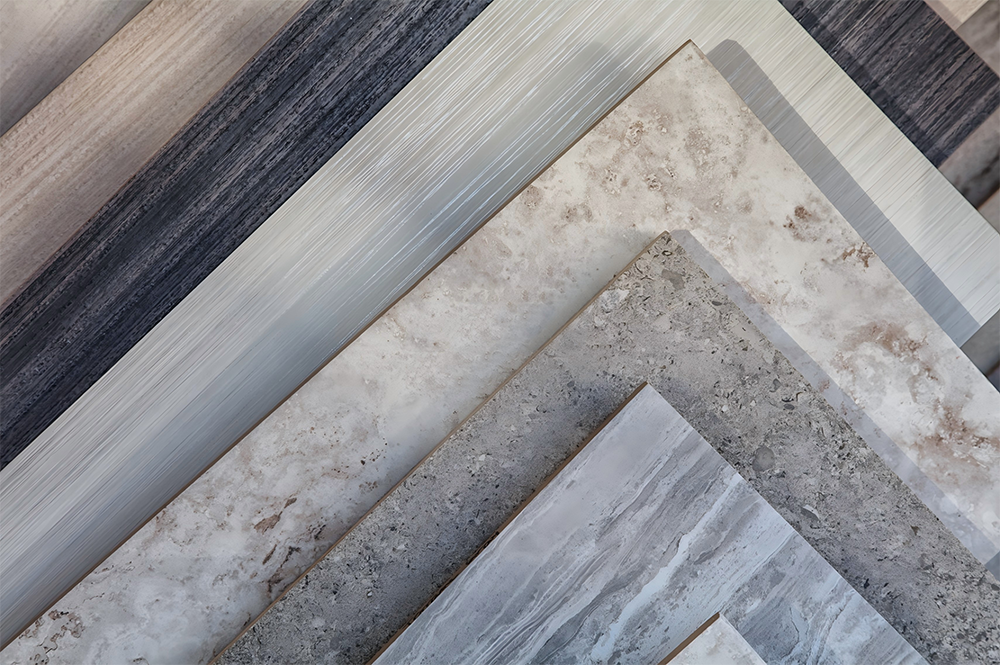Living in a humid climate—whether Florida’s subtropics, Southeast Asia’s monsoon zones, or the Pacific Northwest’s damp winters—means your flooring faces an invisible enemy: excess moisture. Scroll through Reddit’s r/HomeImprovement, Houzz’s flooring forums, or Instagram’s “humid home fails” feeds, and the complaints repeat: “My hardwood warped after 6 months” ”Laminate developed mold under the rug” ”Tile feels slippery year-round.” The key to avoiding these headaches lies in choosing flooring engineered for moisture resistance. Below, we break down the top options, grounded in material science, and address the questions users ask most.
SPC (Stone Plastic Composite) Flooring: Reddit‘s “Humid Hero“
If you scan humid-climate threads, SPC flooring dominates recommendations—and for good reason. Composed of a dense core (stone powder + PVC) with a rigid vinyl top layer, it’s virtually impervious to moisture.
Luxury Vinyl Plank (LVP): Budget-Friendly & Waterproof
LVP is SPC’s more flexible cousin—and a favorite on Instagram for its wood-look aesthetics at half the cost. Made of multiple vinyl layers (including a waterproof core), it handles humidity without sacrificing style.
▼ Why It Works for Humidity:
Unlike traditional vinyl sheets, LVP’s plank design and tight locking system prevent moisture infiltration. Even if spills sit overnight, the material won’t degrade.
▼ Social Media FAQs Addressed:
• “Does it get slippery when wet?“: Opt for textured finishes (matte or wood-grain) instead of glossy—users in Singapore warn that glossy LVP is hazardous in bathrooms on Reddit.
• “Can it go in kitchens/bathrooms?“: Yes, but seal the perimeter with silicone caulk (a pro trick shared on Pinterest to stop moisture from sneaking under edges).
Best For: Kitchens, bathrooms, and rental properties (easy to install and replace).
Porcelain Tile: The “Indestructible“ Option (With Caveats)
Porcelain tile is a classic choice for humid climates, but it’s not without debate on social media. Its non-porous surface makes it mold- and water-proof.
▼ Why It Works for Humidity:
Moisture beads right off, and it won’t warp or stain—ideal for entryways where rain-soaked shoes track in water.
▼ Social Media FAQs Addressed:
• “Is it too cold in winter?“: Pair with radiant floor heating (a popular hack on Instagram for cold humid regions like Canada’s coasts).
• “Grout gets moldy—how to fix?“: Use epoxy grout instead of sanded grout; it’s non-porous and resists mold (a solution recommended by flooring pros on Houzz).
Best For: Bathrooms, mudrooms, and outdoor-indoor transitions.
Engineered Hardwood (With Moisture-Resistant Core): For Wood Lovers
Pure solid hardwood is a disaster in humidity, but moisture-resistant engineered hardwood offers a compromise. It has a thin real wood veneer bonded to a plywood or HDF core treated for water resistance.
▼ Why It Works for Humidity:
The layered core stabilizes against moisture expansion—unlike solid wood, which shrinks and swells with humidity fluctuations.
▼ Social Media FAQs Addressed:
• “Will the veneer peel?“: Avoid low-grade options with <2mm veneer.
• “Do I need a dehumidifier?“: Yes, in extreme humidity (60%+ RH)—it prevents veneer cupping.
Best For: Dining rooms and home offices (where aesthetics matter more than direct water exposure).
Natural Stone (Slate/Travertine): Timeless but High-Maintenance
Natural stone like slate or travertine is waterproof, but it’s a divisive pick on social media. Its porous surface requires sealing, which sparks debates about upkeep.
▼ Why It Works for Humidity:
Stone doesn’t degrade with moisture, and its weight keeps it stable—perfect for high-traffic, wet areas like pool decks.
▼ Social Media FAQs Addressed:
• “How often do I seal it?“: Every 1–2 years for travertine (porous) and 3–5 years for slate (denser)—skip this, and mold grows in pores.
• “Is it expensive to install?“: Yes, but it increases home value—offsetting costs for homeowners planning to sell.
Best For: High-end bathrooms and outdoor patios.
Flooring to Avoid in Humid Climates
Don’t let Instagram’s “pretty floors” fool you—these options fail miserably in moisture:
• Solid hardwood: Absorbs humidity, warps, and cups.
• Standard laminate: The fiberboard core swells with moisture, leading to “bubbling”.
• Carpet: Traps moisture under padding, breeding mold and mildew.
Pro Tips for Longevity
• Test moisture levels first: Use a hygrometer to check subfloor humidity (12% RH is safe for most flooring).
• Install a vapor barrier: For concrete slabs (common in basements), a 6-mil plastic barrier blocks ground moisture.
• Avoid wall-to-wall installation: Leave 1/4-inch expansion gaps around edges—critical for SPC/LVP.
• Clean smart: Wipe spills immediately and use a damp (not wet) mop—standing water ruins even waterproof floors over time.
Match Flooring to Your Humidity & Lifestyle
Humid climates don’t mean sacrificing style—they mean prioritizing engineering over aesthetics. SPC and LVP solve most user headaches, while porcelain tile works for high-wet areas, and engineered hardwood caters to wood lovers. The biggest takeaway from thousands of social media threads? “Moisture resistance isn’t optional—it’s non-negotiable.” Choose wisely, and you’ll avoid joining the “my floor failed” complaint club.
Post time: Oct-16-2025



